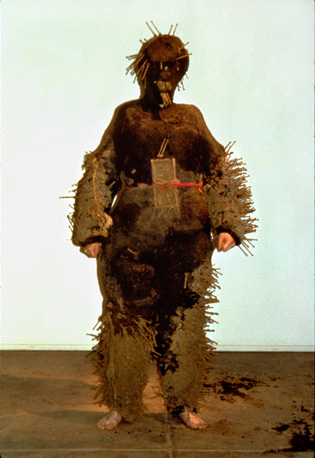Title: Displacement
Year: 1998 – 1999
Medium: Embodying a Nkisi Nkonde icon, Behavior Art
Materials: Cuban earth, glue, wood, nails / textile
Dimensions: Variable
NOTE: Each time the piece is shown it may incorporate new symbolic materials (2005 bullets, 2003 pencils)
Statement
Destierro (Displacement) creates a relationship between religious faith and the people’s trust in the effectiveness of its rulers. The object the work refers to is a Nkisi Nkonde, a religious fetish mainly native to Congo. Those who practice this animistic religion ask the fetish to grant them their wishes. The Nkisi Nkonde is “loaded” or activated with relics or body parts of a deceased person. Each nail in it is a wish that has been complied with. According to this belief, these objects of power are highly effective, but the person who asks must make a promise in appreciation of the wish come true. If this promise is not fulfilled, the spirit in the Nkisi “wakes up” and looks for the person who did not comply to discharge all its power against him. These objects are so much respected and feared that at times they are used as witnesses in transactions or contracts between two people.
Destierro (Displacement) is an allegorical way to approach Cuban reality and the social promises that were made and never kept. Because of the intimate relationship of the Cuban people with African Cuban religions, this action can be understood by the general public. As a consequence, when in 1998 a performance was held in the streets in Havana on Fidel Castro’s birthday, a popular peregrination walked behind the icon, which was followed, adored, feared, and on whom hopes, wishes and efforts have been invested to claim and restitute the social promises the Cuban Government had made to its people.
Exhibited
| 2017 | |
|
Tania Bruguera: Talking to Power / Hablandole al Poder. Yerba Buena Center for the Arts. San Francisco, United States. Curated by Lucia Sanroman and Susie Kantor. June 16 – October 29 |
|
|
Person of the Crowd: The Contemporary Art of Flanerie. Barnes Foundation. Philadelphia, United States. Curated by Thom Collins, Martha Lucyand Judith Tannenbaum. February 25 – May 22 As If Sand Were Stone: Contemporary Latin American Art from the AGO Collection. Art Gallery of Ontario, Toronto, Canada. May 20 – August 7 |
|
| 2010 | |
|
Transfigured Worlds: Kongo power Figure and Bruguera’s Displacement Costume. Neuberger Museum of Art, Purchase College, State University of New York. Purchase, New York, United States. Curated by Marie-Thérèse Brincard. (Documentation) January 28 – April 11 |
|
| Tania Bruguera: On the political Imaginary (Survey Show). Neuberger Museum of Art, Purchase College, State University of New York. Purchase New York, United States. Curated by Helaine Posner. (catalog) (Performance) January 28 |
|
|
2006 |
|
|
Tania Bruguera. Installation / Performances. Kunsthalle zu Kiel, Kiel, Germany. Curated by Dirk Luck. (Documentation) July 22 – September 17 |
|
|
2005 |
|
|
The Hours – Visual Arts in Contemporary Latin America. Selected works from the Daros-Latinamerica Collection. Irish Museum of Modern Art (IMMA), Dublin, Ireland. Curated by Sebastián López. (catalog) (Performance) October 05 (Documentation) October 5, 2005 – January 15, 2006 |
|
| 2003 | |
|
Molino Cubano. Watemill Foundation. Water Mill, New York, United States. Curated by Robert Wilson. (Performance) August 3 |
|
| 1999 | |
|
Lo que me corresponde. Iturralde Gallery. Los Angeles, California, United States. Curated by Tere Iturralde and Cristina Vives. (Documentation) January 5 – February 20 (Performance) January 15 |
|
| 1998 | |
|
Obsesiones. Centro de Arte Contemporáneo Wifredo Lam, Havana, Cuba. Curated by Magda Ileana González. (Performance) August 13 |
|
|
III Bienal Barro de América. Museo de Bellas Artes, Caracas, Venezuela. Curated by Roberto Guevara. (Performance) July 9 |
Documentation
Scrolldown for VIDEO
Scrolldown for IMAGES
DISPLACEMENT’S VIDEO PERFORMANCE

Tania Bruguera: On the political Imaginary
Neuberger Museum of Art, Purchase College. New York, United States. (Documentation)
photo: Jim Frank
|
|
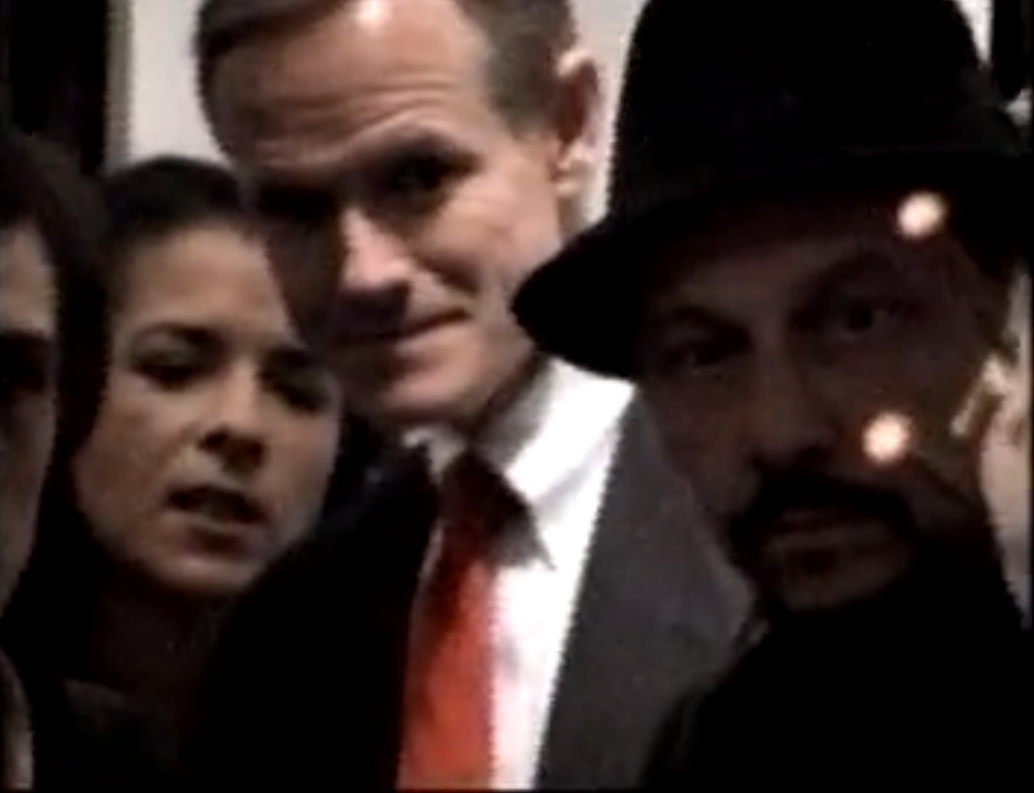 |
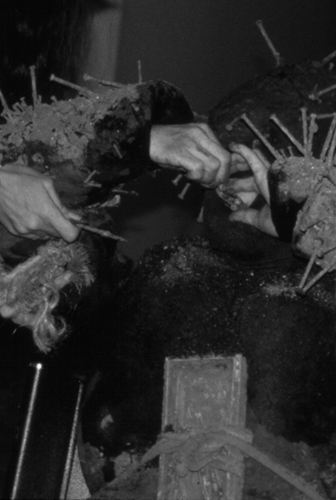 |
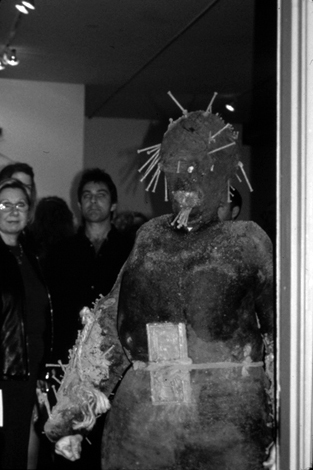 |
|||
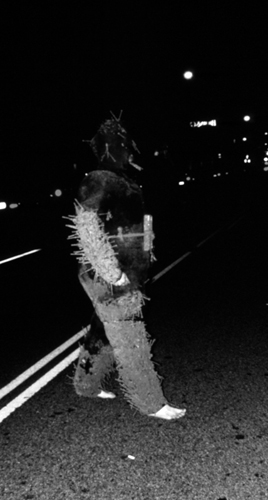 |
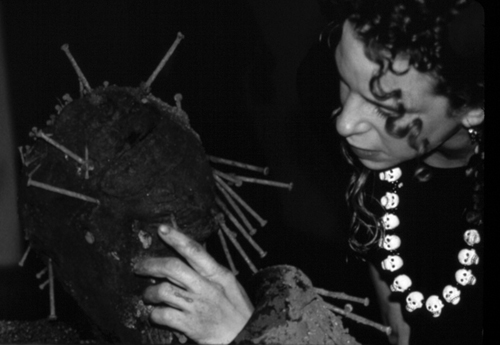 |
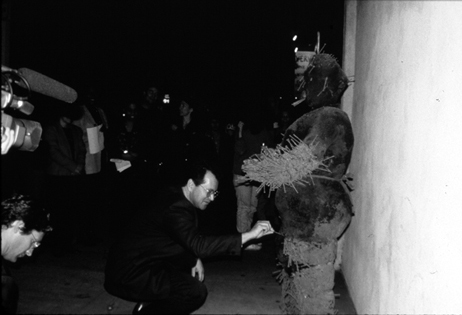 |
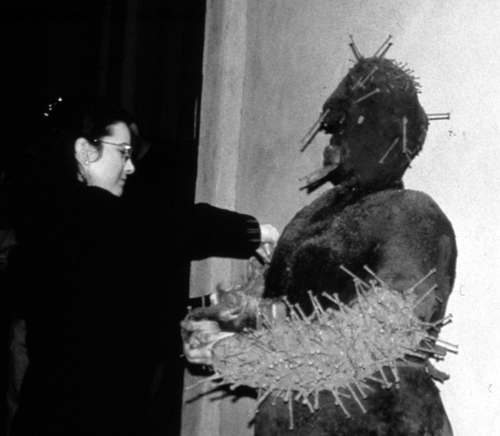 |
|||
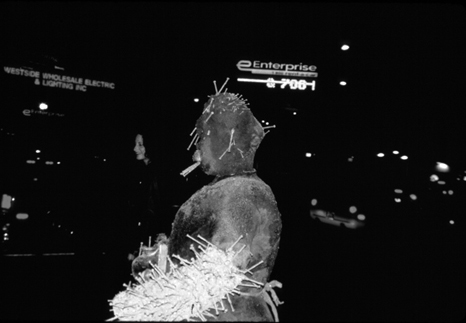 |
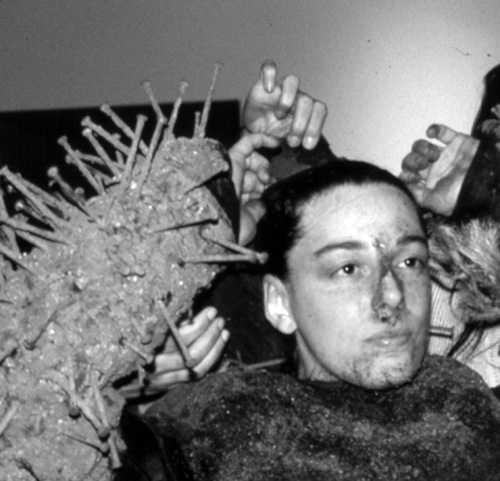 |
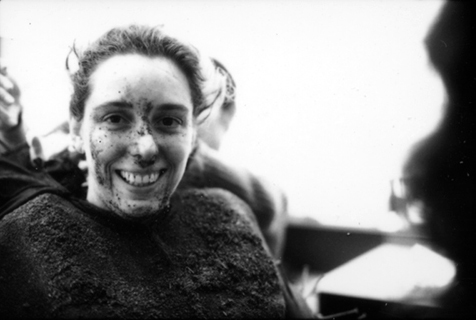 |
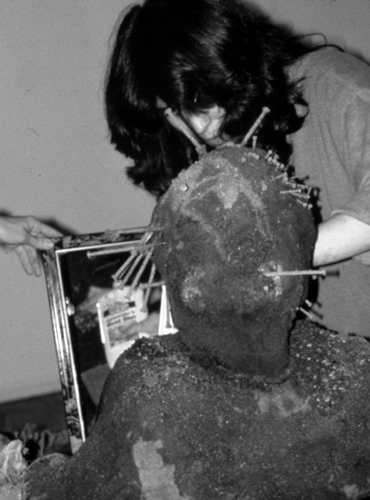 |
|||
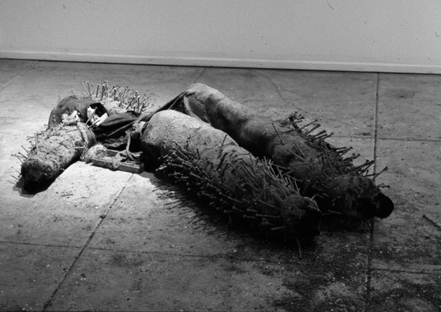 |
Lo que me corresponde
California, United States
photos: Iturralde Gallery
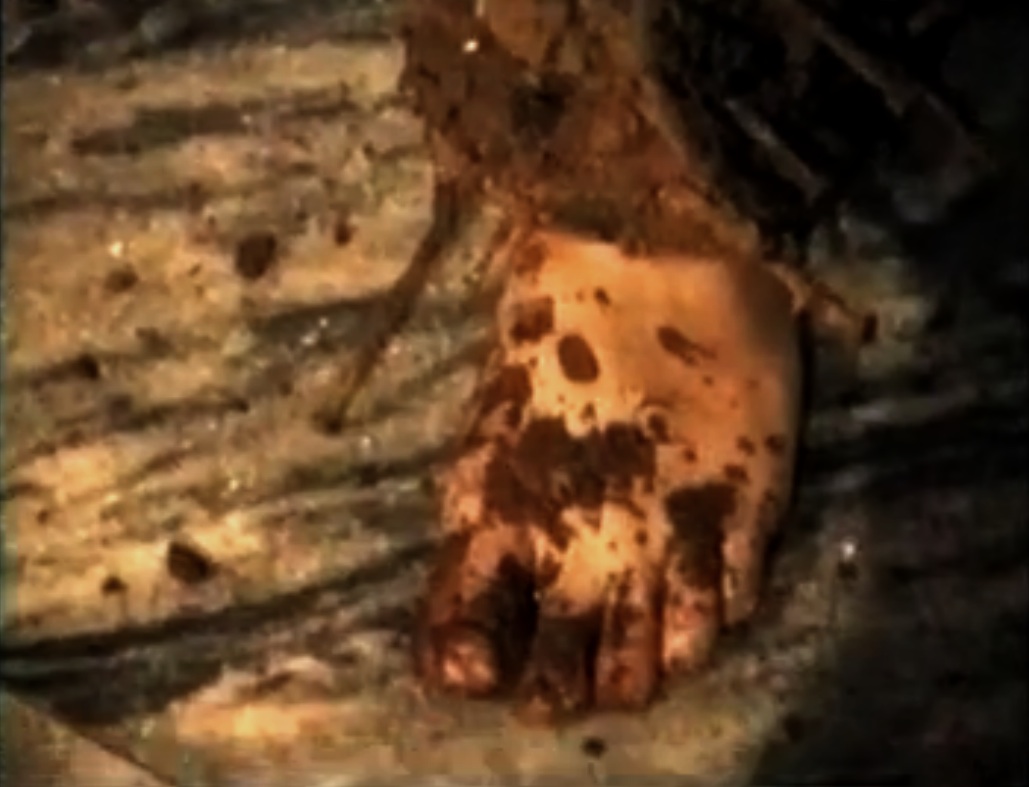 |
 |
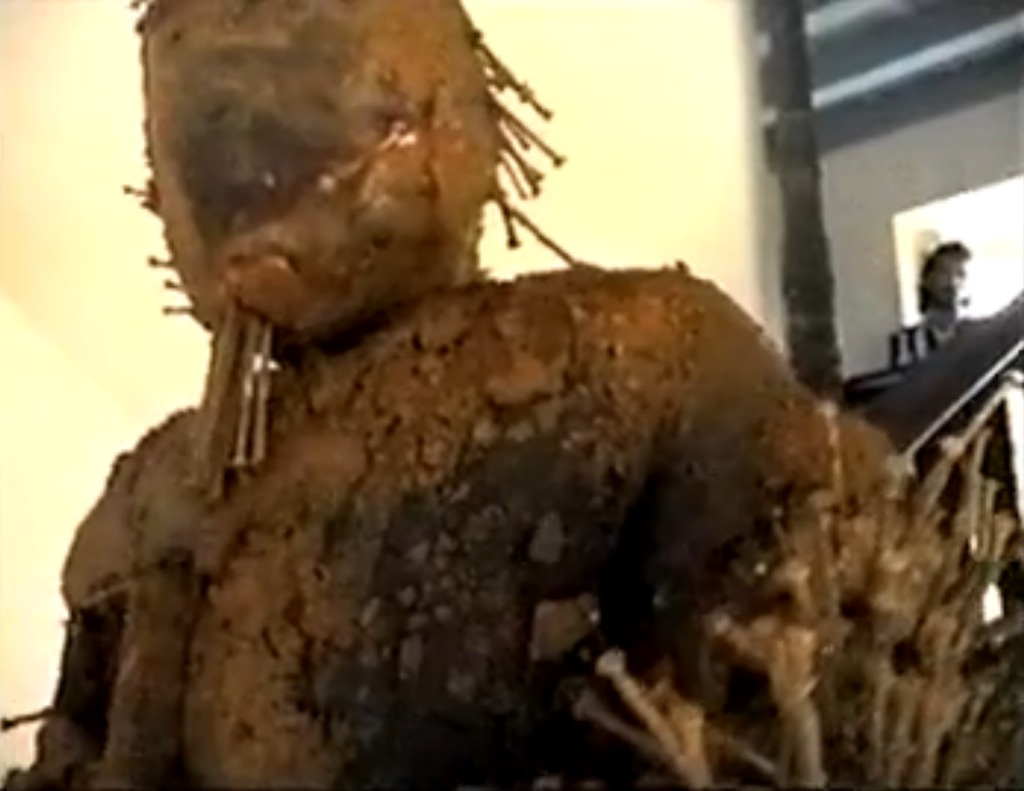 |
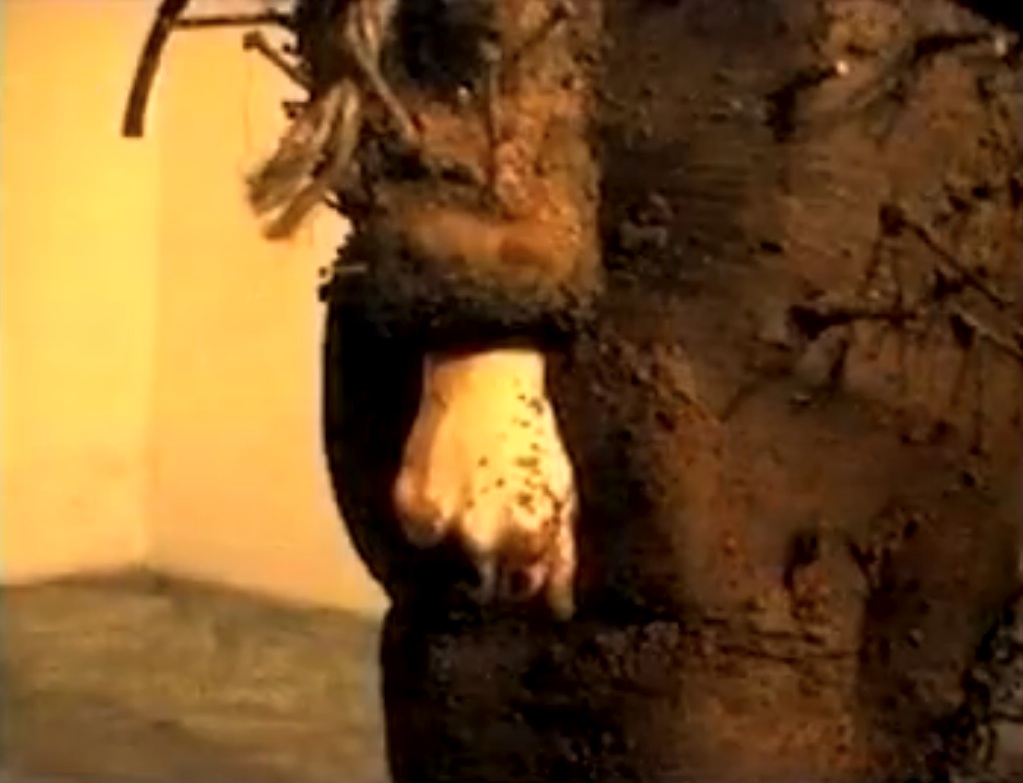 |
|||
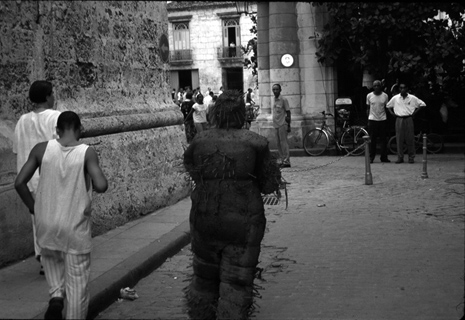 |
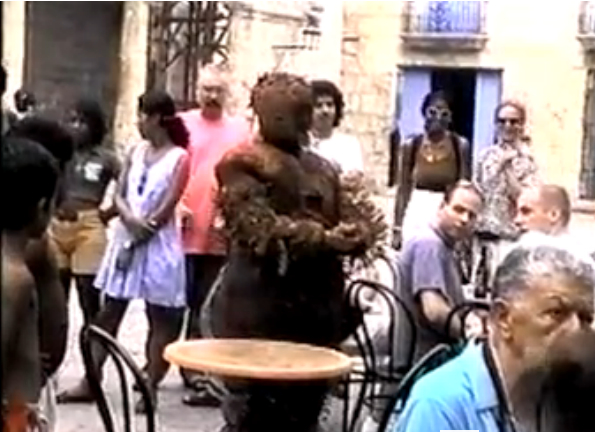 |
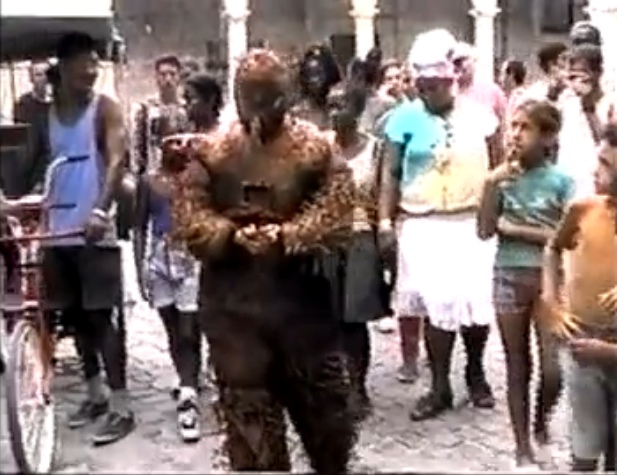 |
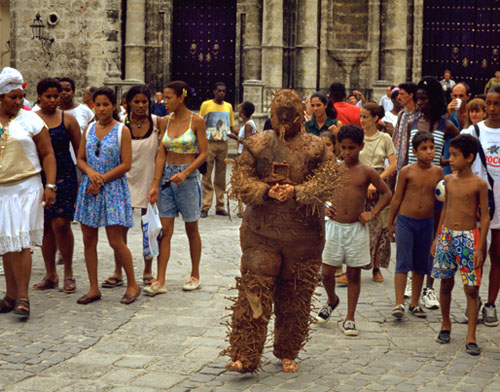 |
|||
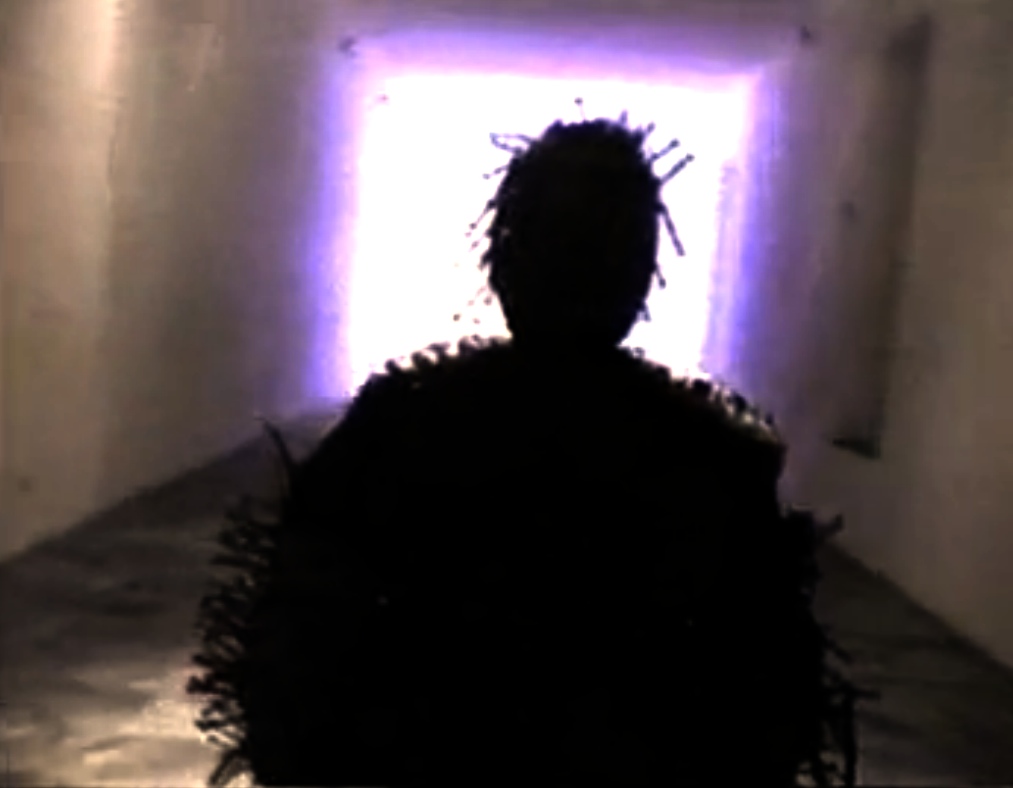 |
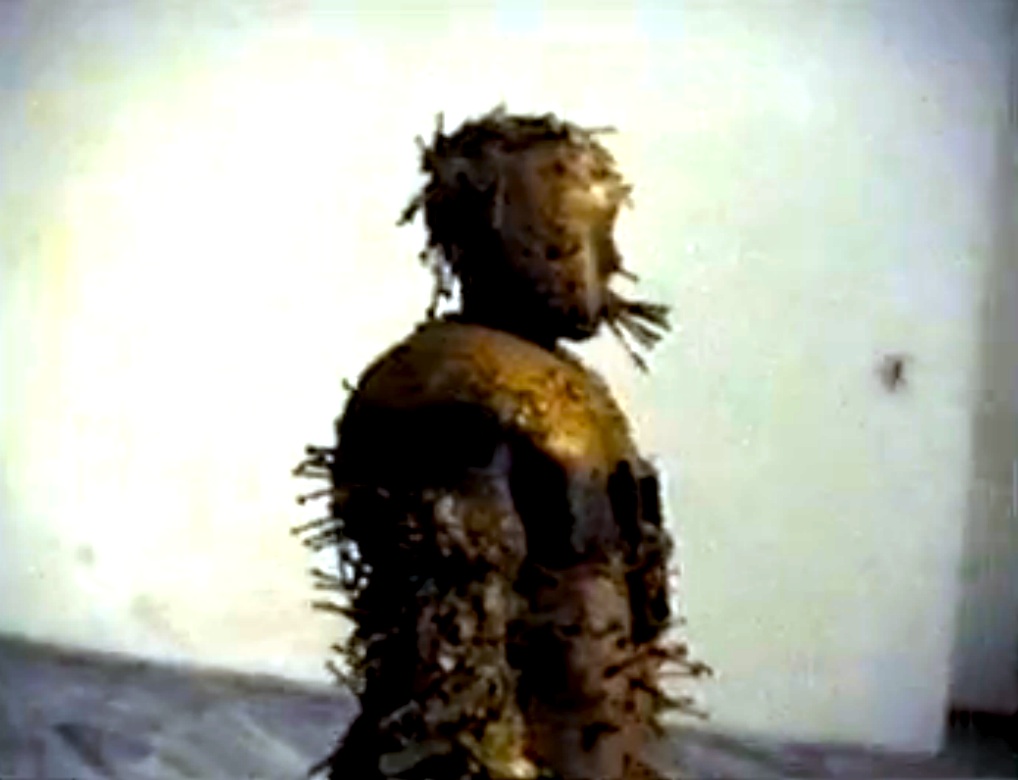 |
Obsesiones
Havana, Cuba
photos: Manuel Piña and José Alberto Figueroa
Selected Bibliography
(by alphabetical order)
Alonso Lorea, José Ramón “Tania Bruguera o el Performance como medio de reflexión,” Edited by Author’s Blog ‘EstudiosCulturales,’ 2006. Madrid, Spain.
Brincard, Marie-Thérese “Transfigured worlds: Kongo Power figure and Bruguera’s Displacement costume,” For the exhibition ‘Transfigured Worlds.’ January 2011, New York, United States.
Curía, Dolores “Ethics of provocation: Tania Bruguera turn spectators into citizens,” Suplemento cultural Página 12, 2009. Buenos Aires, Argentina (illust.)
Gardner, Grace Belinda “Tania Bruguera in der Kunsthalle Zu Kiel: Anstoss zum Klatschen,” Artnet Magazine. Germany, July 24, 2006. (illust.)
Gonzáles-Mora, Ileana Magda “Obsesiones,” Text for the exhibition ‘Obsesiones’. Edited by Centro de Arte Contemporáneo Wifredo Lam. August 13, 1998. Havana, Cuba.
Heartney, Eleanor “TANIA BRUGUERA: Politics by Other Means,” Art in America, April 2010, (cover & illust.) pp. 98 – 105.
Metrópolis “Tania Bruguera,” TVE 2, National Spanish television, chanel 2, Metrópolis Nr. 1029, December 12th, 2010, Madrid, Spain (video)
Muñoz, José “Performing Greater Cuba: Tania Bruguera and The Burden of Guilt,” Holy Terrors: Latin American Women Perform, Edited by Diana Taylor and Roselyn Constantino, Various authors, Ed.Duke University Press / Tisch, United States, 2003, (illust.) pp. 401 – 415. ISBN 0-8223-3227-2, ISBN 0-8223-3240-X
Olmo, Santiago “How to Speak from the Media?” La Promesa de la Política / The Promise of Politics, Edited by Fundación RAC. León, Spain. (illust.) pp. 9 – 29. ISBN 978-84-614-5421-1
Rubin, Edward “Tania Bruguera,” Art Nexus, Issue 77, Jan. – August. 2010 (illust.) pp. 110 – 111.
___________ “Neuberger Museum Features Installation Art by Cuban Artist; Tania Bruguera: On the Political Imaginary”. D’Art International Magazine. Fall/Winter Issue. (illust.) pp. 1 – 3.
___________ “Neuberger Museum Features Installation Art by Cuban Artist; Tania Bruguera: On the Political Imaginary”. March 29. ARTES eMagazine, United States.
___________ “Neuberger Museum Features Installation Art by Cuban Artist; Tania Bruguera: On the Political Imaginary”. June 2010. Terminal Magazine. Tel Aviv, Israel.
Sosa Fernández, Sandra “Stage Management,” The H Magazine, Nro.3 (H3), 2006. La Habana, Cuba.
Valdés Figueroa, Eugenio “Storie di alienigeni,” UnDo.net, Short Stories, Racconti d’identitá. 2001, Italy.
Villagrán, Plinio “Tania Bruguera: ritos públicos, ritos privados,” Nota al pie; Reviews and analysis Blog, February, 2012. Guatemala. (illust.)
Wood, Yolanda “La aventura del silencio en Tania Bruguera,” Arte Cubano, no.3, Havana, Cuba, 2000, (cover & illust.) pp. 34 – 37.
Quotes
(…)It is more the desire people have to find this “ancestral” ritualism because I am a Cuban than because it is in my works. Even when I make works like Destierro (Exile) where a Congo icon is present, I activate it from its possibilities as a social contract and as a demonstration of unfulfilled promises(…)
Curía, Dolores “Una ética de la provocación: Tania Bruguera convierte al espectador en ciudadano”, 2009. Buenos Aires, Argentina.
Tania is mute during her performances. The silence is a symbol of the intelligence, the patience or perhaps the frustration in the face of undesirable submissiveness. The repeated gesture is a frequent leitmotif with which she continually attempts to narrate fragments of an occurence and to enforce individual freedoms.
Gonzáles-Mora, Ileana Magda “Obsesiones”, August 13, 1998. Havana, Cuba.
(…)Each nail represents a desire hammered into the object’s form.In this massive costume Bruguera tours public spaces as part of the Destierro performance.She confronts Cubans and tourist as she tours old Havana’s most historic sections.In the dilapidated beauty of rustic town squares, the figure of Cuba’s syncretic nature confronts its populace.Those inside the object’s epistemology recognize it and quickly form an identification to it that is calibrated by their own relationship to the belief network, while for others outside that loop it appears to be some ancient musty relic come to life, perhaps a Caribbean mummy emerged form a hidden tropical crypt.When confronting the nkisi nkonde those in the know can perhaps understand eachclavo or nail as a desire that has been literally introjected into the object.While introjected into the object it is still visible, a desire that is literally worn on the sleeve.Perhaps the desire that is made visible, a desire that is literally worn on the sleeve.Perhaps the desire that is made visible on the figure is one of flight, or maybe a wish for the island, a desire to stay.It is a significant that this performance was first stage on Castro’s birthday, a holiday that calls the nation to embrace its leader and his status as literal representative of the nation.For those who believe in the revolution’s infallible glory, Castro almost functions as a nkisi nkonde, a symbolic figure in which the populace invests its hopes and desires.For those who denounce the leader, he is the fetish the juju, the ultimate Other, also potentially represented in the performance.Again, Bruguera’s performance explicates the ways in which the Cuban people, arguably inside and out of the island, participate in an economy of projection, investing desire and guilt in outside objects rather than understanding the potential transformation available through a politics of introjection.
Muñoz, José “Performing Greater Cuba: Tania Bruguera and The Burden of Guilt”. 2013. United States.
(…) The artist selects one gesture that reveals a particular psychological state and repeats it endlessly. Anxiety, guilt, impotence, silence and expiation appear to be her subjects’ mechanisms of reaction. She prolongs each gesture with such painful intensity that the performance takes on an almost sacrificial element. The rational becomes the irrational. Tania goes into a trance-like state, time stands still within her virtual mind space until nothing is left but the place where the ego goes in search of catharsis. This is self flagellation of mind and body to achieve transcendence…interior thought become automatic gesture and where the observer becomes the judge…physical and mental torture during which time slows down. An individual gesture is transformed into one with collective meaning. Primitive ritual reveals the most hidden corners of our cultural memory and its signifiers. Human conduct becomes a means of understanding society. The call of the early 20th century artistic avant-garde to mix Art with life is renewed in a concept where both are living processes brought together and interconnected by the artists’consciousness.
Sosa Fernández, Sandra “Acotación,” The H Magazine, Nr.3 (H3), 2006. Havana, Cuba.
